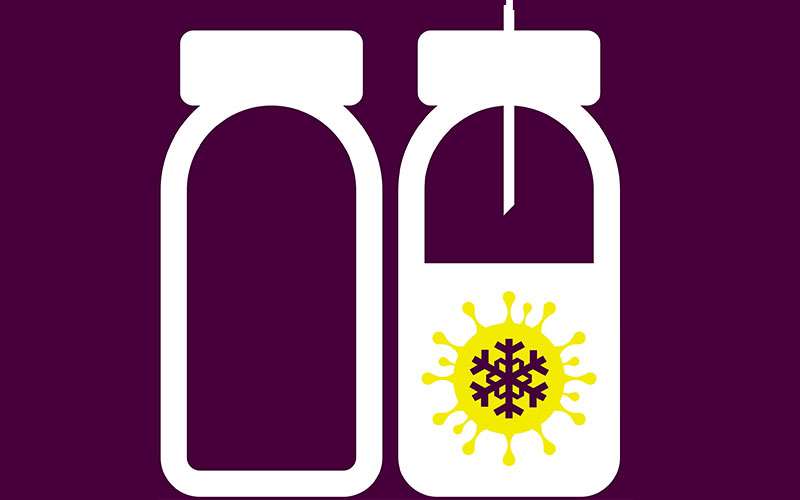.


ValuMetrix Global Senior Director
Ortho Clinical Diagnostics
The evidence we are seeing from WHO surveillance, albeit in the low seasons, suggests that global incidence is lower than expected for this time of year. The WHO labs tested more than 198,000 specimens in the first half of August, with 46 positives – 15 (32.6%) of which were influenza A, the remaining 31 (67.4%) were influenza B. The two flu A that were subtyped were H1N1.
This must be taken in context with COVID-19 and the effect it has had on the daily routines of these centres, i.e. access to molecular equipment and sufficient staffing, as well as the behavioural change in patients with respiratory illness and local testing strategies.
Hand washing and social distancing measures will also have influenced the potential spread of the flu virus, as well as many other respiratory viruses. The UK Respiratory Data Mart reported in weeks 34-35 that rhinovirus had a slight rise in positivity, but adenovirus, RSV, human metapneumovirus and parainfluenza all remained low.
The concern is the growing number of people who are indulging in high-risk behaviours has the potential to not only create a second wave of coronavirus, but to also create the incubator for influenza.
Does the health service and the general population have the resilience to tackle both COVID-19 and the flu? I personally hope that we maintain discipline, beat COVID and learn lessons about reducing overall respiratory disease burden – coughs and sneezes spread diseases.

Senior Lecturer in Biomedical Science
Nottingham Trent University
The answer to this is “potentially significant” and I suppose what we would all like to know is “how significant”. The PHE influenza report (3/9/2020) states that no samples tested positive for influenza.
This is a better position than this time last year and, at the waning of summer, influenza testing workload seems low. Even so, labs are experiencing testing capacity issues with respiratory samples. From a laboratory perspective, they may have no or limited capacity for influenza testing with any gap in capacity ultimately being absorbed by reference facilities. Looking at the wider picture, last year, influenza vaccine take-up rates for at-risk groups (two- to three-year olds and the elderly) was running at around 43% and the vaccine was reported to be 42.7% effective. The take-up of the vaccine may be higher this year, especially as the vaccine programme has been extended, with more people wanting to prevent the potential issues of coinfection with COVID-19.
However, questions exist as to when these extra vaccines will be provided and who is going to deliver them. There are already reports of small family-owned GPs cancelling flu vaccination clinics as members are symptomatic for COVID, unable to get a test and are isolating. It can be envisaged that vaccine delivery and efficiency may be low, demand for both COVID and influenza testing could significantly increase, and healthcare professional staff may be shielding or isolating – the impacts on the wider health system could be momentous.

Associate Professor for Engagement in STEM
University of Wolverhampton
Well, what a strange time we are in! We went into lockdown and most of us, myself included, thought “everything will be fine soon”. Now we find ourselves six months later with the spectre of potential further restrictions around the country looming on the horizon.
As we move into the darker months, we are also moving into the time of year where the respiratory viruses rule. Ultraviolet light is down and humidity is up; viruses will survive for longer periods and spread more easily as we hide indoors from the British winter. This unfortunately includes SARS–CoV-2, but just as worrying is the good old influenza virus. The Centres for Disease Control (Atlanta, US) reports that influenza was associated with more than 35.5 million illnesses, more than 16.5 million medical visits, 490,600 hospitalisations, and 34,200 deaths during the 2018–19 influenza season in the US alone. Globally, up to 650,000 deaths are associated with respiratory diseases associated with seasonal influenza annually. With the prospect of this to come as we move into winter, and the fact that many common cold-like illnesses are caused by coronaviruses, biomedical science faces a very busy time as the burden of testing increases to give people the reassurance they need to carry on with life and return to work. Of course we will all be working together to get it done and keep our patients safe.




